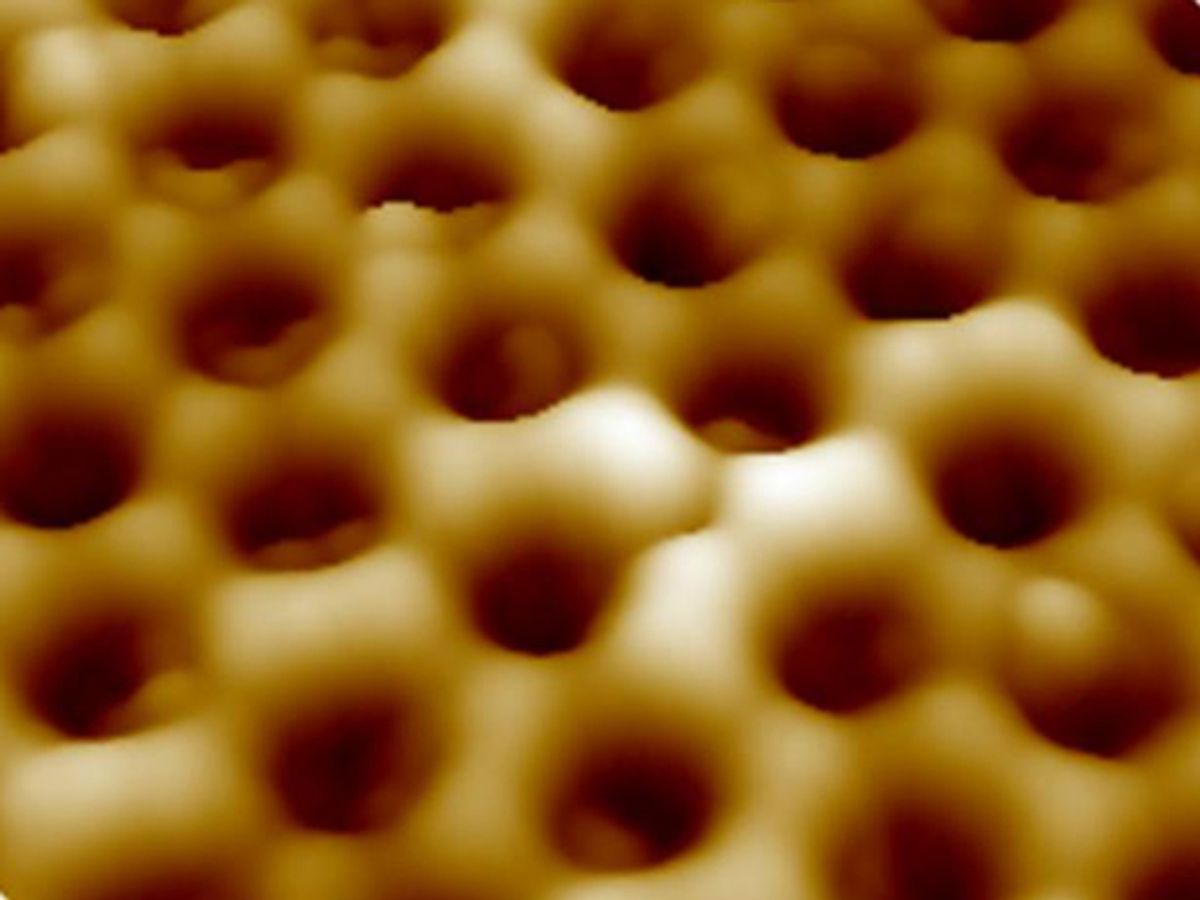Various nanomaterials have been enlisted for creating improved glucose sensors that help diabetics determine when their blood sugar levels are too high or low. There have also been various ways in which nanomaterials have been incorporated into contact lenses to enable a variety of new capabilities.
Now, a research team at Oregon State University (OSU) has brought together nano-enabled contact lenses and glucose sensors into a single device that may someday do double duty as a blood glucose monitor and a contro mechanism for deciding when to deliver insulin injections. The device, say the researchers, will be a transparent sensor embedded in a contact lens.
The key to the transparent sensor is a nanostructured field-effect transistor made from indium gallium zinc oxide, affectionately referred to as an IGZO FET. These so-called IGZO FETs have a history that goes back over a decade to when Tokyo-based researchers first reported transistors made from IGZO in 2004. The great promise of these IGZO transistors has been their transparency, which display manufacturers have exploited to create LCD and OLED displays that use these transistors to drive their pixels.
Here, too, in this latest OSU research, the property that drew the research team to IGZO was its transparency. “We have fully transparent sensors that are working,” said Greg Herman, an OSU professor of chemical engineering and member of the research team, in a press release.
In research described in the journal Nanoscale, the OSU team patterned the IGZO in a way that created a close-packed hexagonal IGZO FET network. The various patterning techniques that were used, including colloidal nanolithography and e-jet printing, led the researchers to believe that the manufacturing of these FETs should be fairly low cost.
In operation, the drain and source of the transistor exhibit a decrease in conductance with increasing concentrations of glucose. In measurements, the researchers confirmed that the nanostructured IGZO FETs are fare more sensitive in detecting these changes in glucose levels than non-nanostructured IGZO.
“We can integrate an array of sensors into the lens and also test for other things: stress hormones, uric acid, pressure sensing for glaucoma, and things like that, said Herman. “We can monitor many compounds in tears—and since the sensor is transparent, it doesn’t obstruct vision; more real estate is available for sensing on the contact lens.”
While the OSU researchers have fabricated a sensor out of the transparent material IGZO, the glucose monitoring is only one part of their longer-term goals. They also want to be able to deliver the right amount of insulin based on the glucose readings. This will require the development of a pump that would act as a kind of artificial pancreas, as well as a communication system that would send the glucose reading to the artificial pancreas. This is still on the drawing board.
Herman added: “What we want to do next is fully develop the communication aspect, and we want to use the entire contact lens as real estate for sensing and communications electronics.”
Dexter Johnson is a contributing editor at IEEE Spectrum, with a focus on nanotechnology.



